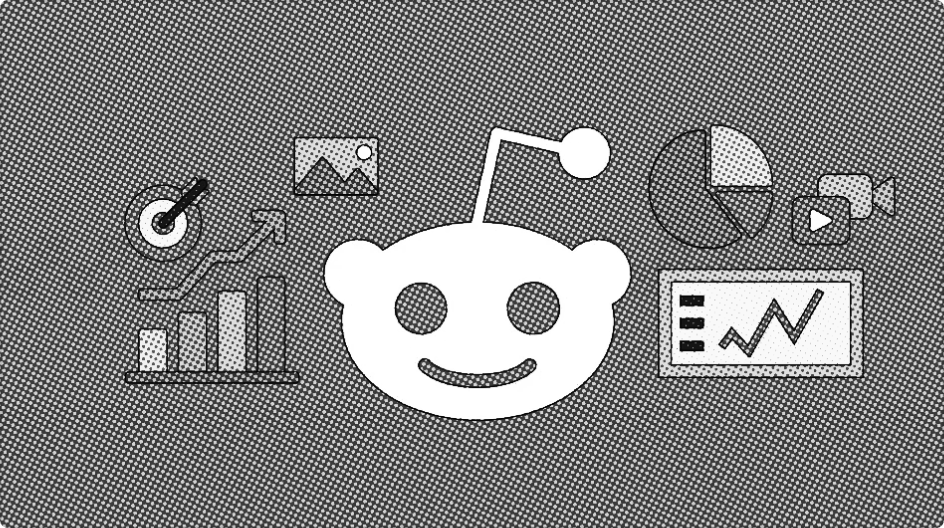What is an MVP? 🏗️
Let’s imagine you’re baking a cake.
Now you could throw all the ingredients into the bowl, pop it in the oven, and hope for the best. But chances are, you’ll end up with a mess.
Or instead, you start with a basic recipe—a simple sponge cake.
- You bake it, taste-test it, and tweak the recipe based on feedback.
- Maybe you add a dash of vanilla for flavor or adjust the baking time for a perfect texture.
- Each iteration brings you closer to the delicious, mouth-watering cake you envisioned, ensuring that when you finally serve it up, it’s a crowd-pleaser!
Building, launching and scaling a new product is like trying to bake a cake: you can either build a finished product, straight from Day One, and hope that it hits the mark.
Or you can build your product in small, incremental steps , and test your assumptions at each stage thus increasing your chances of success!
Why is their a need to build an MVP? 🧠
By definition, an MVP or a minimal viable product is the first version of your product that you can present to your customers to deliver value and it’s your golden ticket to testing your idea in the real world without breaking the bank or losing your sanity.
Think of it as the stripped-down version of your grand vision, designed to validate your assumptions and gather feedback from actual users. That process is called validated learning.
Instead of building a ton of features and functionality and hoping they align with customer needs, you’re building a single feature, testing it, and using that feedback to determine your next steps.
How to build an MVP? 🔨
Step 1: Nail Your Core features
- Think of it like building a house. Instead of jumping straight to fancy stuff like decorations and pools, start by making sure the foundation is rock-solid.
- Similarly, for your MVP, figure out the key features that really show off what your product is all about.
- Keep it straightforward, practical, and totally focused on solving the problem you’re tackling.
Step 2: Prioritize
- Now that you’ve got your list of features, it’s time to sort them out. Not all features are equally important—some are real MVPs, while others can wait.
- Try using tricks like the MoSCoW method (Must-Have, Should-Have, Could-Have, Won’t-Have) to label your features based on their urgency and importance.
- And always remember, less is more when it comes to MVPs.
Step 3: Get your hands dirty
- You’ve got your feature list, now it’s time to get your hands dirty. But hold up—no need to start from scratch.
- Make life easier by tapping into existing tools, frameworks, and platforms. Whether it’s using no-code platforms, open-source libraries, or ready-made solutions, work smarter, not harder.
Step 4: Dive into Testing
- Hooray, your MVP is alive! But hold onto your hats because the adventure’s just beginning.
- Now, it’s time to dive into testing. Release your MVP into the wild and watch how users interact with it.
- Are they clicking where you thought they would? Are they getting tripped up anywhere? Soak up feedback like a sponge and use it to tweak and refine your product.
Step 5: Iterate
- A killer product takes time to build. Embrace the iterative journey of product development and be ready to switch things up based on user feedback and market shifts.
- Your MVP isn’t about perfection—it’s about growth and learning. So don’t sweat the small stuff, fail fast, and pivot even faster.
Step 6: Keep Polishing
- Armed with fresh insights from testing your MVP, it’s time to refine your product even further.
- Keep cycling through this process of building, testing, and tweaking until you hit the jackpot—or until pigs start flying (whichever comes first)!
And there you have it, your guide to building an MVP. And don’t worry about how it looks. As American entrepreneur Reid Hoffman once said, ” _ If you’re not embarrassed by your first product, you launched too late.”_
How some famous companies built their MVPs?
Your dose of inspiration: Start small, dream big 👇🏼
- Virgin Airlines
Richard Branson’s brainchild, Virgin Airlines, didn’t start with a fleet of planes crisscrossing the globe, instead it began with just one route , one plane , shuttling folks between Gatwick and Newark.
- Yahoo!
Yahoo! wasn’t with a flashy website packed with features. It’s MVP was simply a simple, one-page site listing links to other sites!
- Airbnb
For a swanky design conference in San Francisco in 2017, Airbnb, came up with a genius idea: offer up cheap accommodations to attendees.
They slapped together a basic website and voila! Within a short period of time, 3 guests were interested in paying.
This supported the market insight that potential customers would be willing to pay to stay at someone else’s home rather than in a hotel.
- Facebook (now Meta)
In late 2004, Facebook was the definition of MVP on social media. Users had a simple profile and a great opportunity to connect with their group mates. This one feature was enough to provide an awesome boost.
Sometimes all you need is one killer feature to skyrocket from a dorm-room project to a tech giant!
Now, who says you need to start big to make it big? 😁






